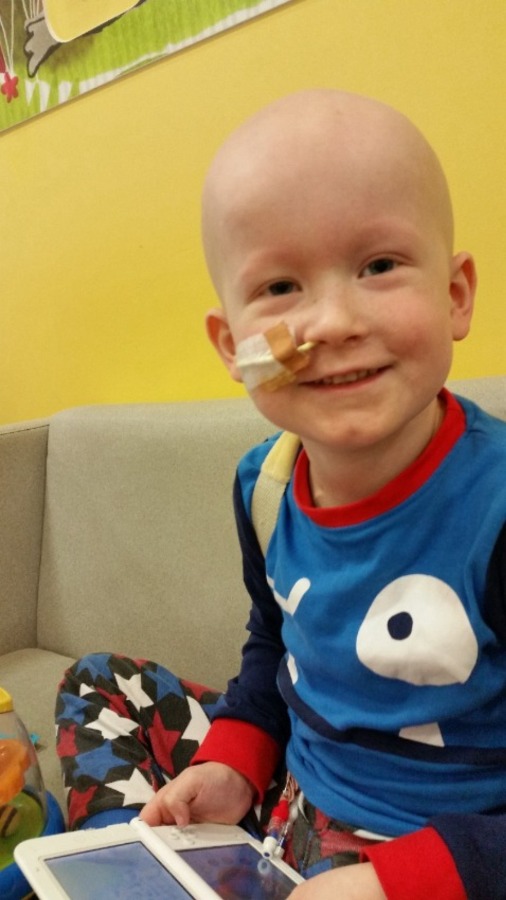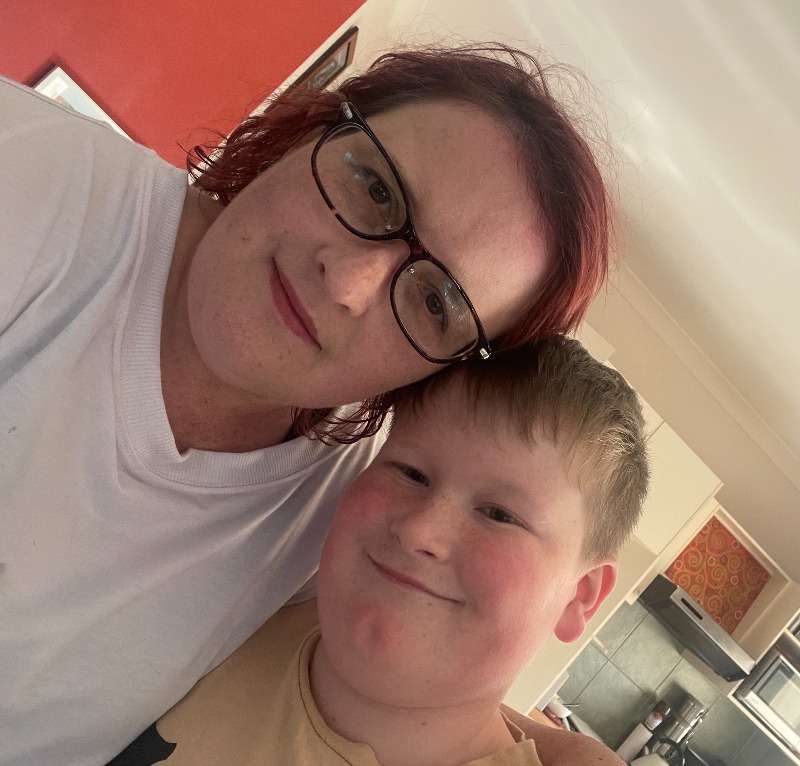World-first guidelines created to help prevent heart complications in children during cancer treatment

The world’s first international clinical guidelines to help prevent and treat heart complications in children undergoing cancer treatment have been created.
The guidelines, published in JACC:Advances, cover cardiovascular disease assessment, screening and follow-up, for pediatric patients receiving cancer treatment with new molecular therapies, immunotherapy, chemotherapy and radiotherapy.
The expert consensus, led by researchers from Murdoch Children’s Research Institute, has defined the high-risk group of cancer patients who should undergo a heart check-up, standardised an approach to screening and surveillance during treatment and provided recommendations to protect vulnerable young hearts.
Murdoch Children’s Associate Professor Rachel Conyers said while international guidelines to monitor poor heart side effects during therapy exist for adult patients, none were specific to children.
Associate Professor Conyers said the success of new cancer drugs had increased the chances of cardiac side effects that occur early on during therapy, sometimes within days, which warranted closer heart health surveillance and earlier monitoring.
“Recent advances in treating childhood cancer have resulted in survival rates of more than 80 per cent. However, improving serious health outcomes in survivors remains an important and essential focus and prevention is key,” she said.
“Heart complications are a leading cause of death for childhood cancer survivors, second only to cancer relapse. Modern treatments including precision medicine have broadened the agents that can cause heart problems.”
Childhood cancer survivors are 15 times more likely to have heart failure and eight times more likely to have heart disease than the general population.
 Toni Bloor’s son, James, 13, (pictured left during his cancer treatment) was diagnosed with cardiomyopathy (heart muscle disease) five years after beating cancer.
Toni Bloor’s son, James, 13, (pictured left during his cancer treatment) was diagnosed with cardiomyopathy (heart muscle disease) five years after beating cancer.
“The chemotherapy that saved his life has serious side effects for so many children,” she said. For James, that has meant damage to one of his heart valves. He is now on two different medications every day to try and manage the condition.”
Toni said due to the condition James struggled with being active and simple tasks zapped his energy.
“James went from being a little boy who ran and played all day to a child who couldn't do basic things without having to stop for a rest,” she said. He struggles to keep up with us, even when walking, and has to remind us to slow down.”
Toni (pictured right with James) said she was hopeful that these guidelines could create a world where ‘life-saving medicine wasn’t life-threatening.’
“We hope that one day a prevention or cure for heart damage from cancer treatment can be found so that these children can live a life free of side effects that could potently take their lives,” she said. “We want James to be able to beat this one too.”
Associate Professor Conyers said the guidelines would be an indispensable tool for clinicians to significantly reduce the harmful impact of cancer drugs on children’s hearts.
“The guidelines are a major advance for the cardio-oncology field as before this there was no defined approach for surveillance or follow up of paediatric patients during treatment despite new therapeutics having early heart complications such as high blood pressure, abnormal heart beats and heart failure,” she said.
The Australian and New Zealand expert group consisted of paediatric and adult cardiologists and paediatric oncologists who undertook a Delphi consensus approach across 11 areas of cardio-oncology care. The Australian New Zealand Children’s Oncology Group endorsed the study with the guidelines useful for any tertiary institutes treating paediatric oncology patients or initiating cardio-oncology clinics.
Publication: Claudia Toro, Ben Felmingham, Sophie Jessop, David S. Celermajer, Rishi S. Kotecha, Dinisha Govender, Diane Marie Terese Hanna, Matthew O’Connor, Rebecca Manudhane, Julian Ayer, John O’Sullivan, Michael Sullivan, Ben Costello, Andre La Gerche, Thomas Walwyn, Lisa Horvath, Marion K. Mateos, Joy Fulbright, Mangesh Jadhav, Michael Cheunga, David Eisenstat, David Elliott and Rachel Conyers. ‘Cardio-oncology Recommendations for Pediatric Oncology Patients: An Australian and New Zealand Delphi Consensus,’ JACC:Advances. DOI: 10.1016/j.jacadv.2022.100155
*The content of this communication is the sole responsibility of the Murdoch Children’s and does not reflect the views of the NHMRC.
Available for interview:
Associate Professor Rachel Conyers, Murdoch Children’s Team Leader, Heart Disease
Toni Bloor whose son, James, 13, has cardiomyopathy
Media Contact:
Bridie Byrne
Murdoch Children’s Media Manager
Phone: +61 457 365 848
Email:
show email address
About Murdoch Children’s Research Institute
The Murdoch Children's Research Institute is the largest child health research institute in Australia committed to making discoveries and developing treatments to improve child and adolescent health in Australia and around the world. They are pioneering new treatments, trialling better vaccines and improving ways of diagnosing and helping sick babies, children and adolescents. It is one of the only research institutes in Australia to offer genetic testing to find answers for families of children with previously undiagnosed conditions.
Funding:
The study was funded by My Room, the Heart Foundation as part of the Strategic Cardio-Oncology Grants (105525). C.T is supported by Children’s Cancer Foundation (CCF). R.C is supported by the Kids Cancer Project, The Royal Children’s Hospital Foundation, Heart Foundation of Australia and Victorian Paediatric Cancer Consortium and holds a Murdoch Children’s Research Institute Clinician Scientist Fellowship. D.A.E is a member of the Novo Nordisk Foundation Center for Stem Cell Medicine, supported by a Novo Nordisk Foundation grant number NNF21CC0073729, and supported by the National Health and Medical Research Council of Australia, Heart Foundation of Australia, and The Medical Research Future Fund. The Murdoch Children’s is supported by the Victorian Government’s Operational Infrastructure Support Program.


